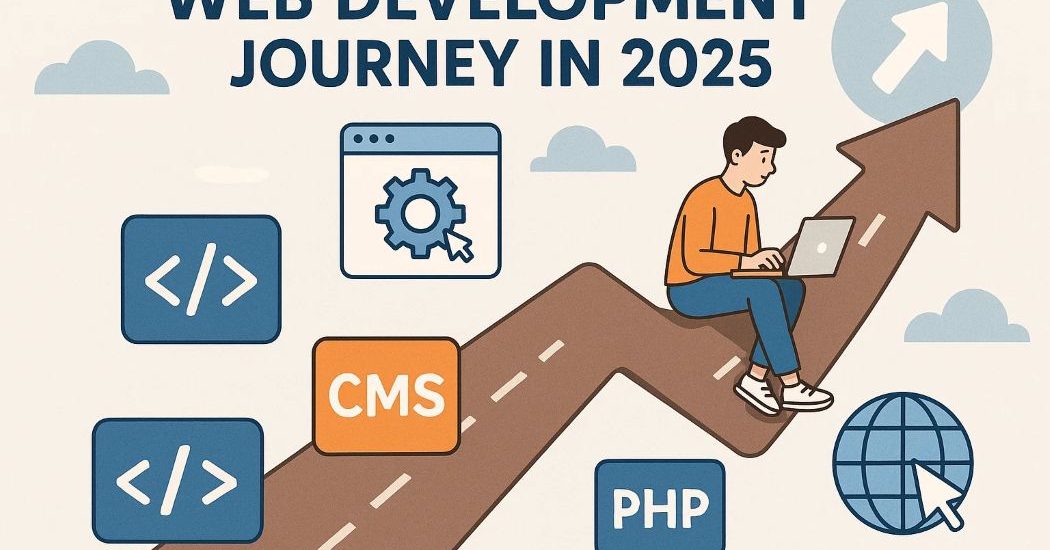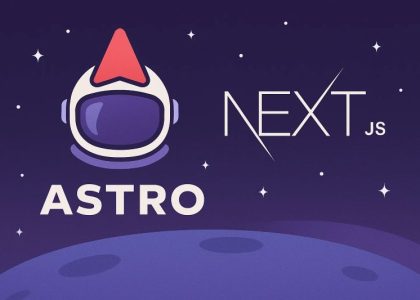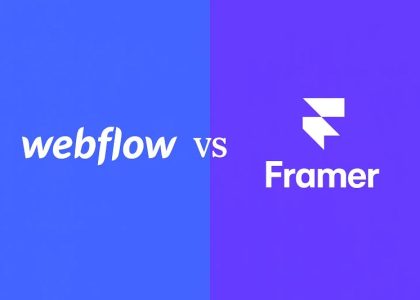Web development in 2025 is more dynamic and fast-paced than ever before. Thanks to powerful frameworks, artificial intelligence, and rising global demand, this is the ideal time to begin your journey as a web developer. Whether you’re a complete beginner or switching careers, this detailed step-by-step guide will walk you through everything you need to succeed in web development—no coding degree required.
✅ Step 1: Understand What Web Development Really Means in 2025
Gone are the days when web development meant creating basic, static websites. In 2025, it’s all about building fast, secure, responsive, and AI-powered web experiences.
Web development is typically divided into two main areas:
- Frontend Development: Focuses on what users see and interact with (e.g., layout, navigation, responsiveness)
- Backend Development: Handles the behind-the-scenes logic, server-side operations, and database management
You can choose to specialize in either frontend or backend development—or master both to become a full-stack developer.
🧠 Key Areas You Should Know:
- Frontend: HTML5, CSS3, JavaScript (ES6+), React, Vue, Tailwind CSS
- Backend: Node.js, Python (Flask/Django), PHP, Ruby
- Database: MySQL, MongoDB, PostgreSQL
- DevOps Tools: Git, GitHub, Vercel, Docker
- AI Integration: OpenAI, Gemini, LangChain, Chatbot SDKs
✅ Step 2: Pick the Right Path for You
Web development offers many career directions. Choosing the right one depends on your interests, strengths, and long-term goals.
| Role | Primary Focus |
|---|---|
| Frontend Developer | Layouts, interfaces, user experience |
| Backend Developer | Servers, APIs, databases |
| Full-Stack Developer | Both frontend and backend tasks |
| DevOps Engineer | Automation, CI/CD, deployment |
| AI Web Developer | AI tools, large language models (LLMs) |
If you’re a beginner, start with frontend development. It’s easier to visualize your progress and builds confidence quickly.
✅ Step 3: Build a Strong Foundation
Before diving into advanced tools and libraries, focus on mastering the core web development fundamentals.
🌐 Frontend Basics:
- HTML: Structures your web content
- CSS: Styles and lays out the content
- JavaScript: Makes your website interactive
- Git & GitHub: Version control and collaboration
💾 Backend Basics:
- Creating REST APIs with Node.js or Python
- Working with databases (e.g., MongoDB, MySQL)
- Deploying and managing servers
Platforms like freeCodeCamp, W3Schools, and Frontend Mentor are excellent for learning through practice.
✅ Step 4: Learn In-Demand Frameworks and Technologies
To stay relevant in 2025, you must get comfortable with the latest web development tools and frameworks. They improve efficiency, speed, and site performance.
🔧 Popular Tech Stack in 2025:
- React.js – The leading frontend library
- Next.js 14+ – Optimized for SEO and server-side rendering
- Tailwind CSS – Utility-first styling with clean output
- Node.js + Express – Flexible backend solution using JavaScript
- Supabase / Prisma – Next-gen backend tools for data handling
Tip: Choose one stack (e.g., MERN – MongoDB, Express, React, Node.js) and focus on building real projects with it.
✅ Step 5: Build Projects That Solve Real Problems
Hands-on experience matters more than tutorials. Start building real-world projects to apply your knowledge and build a strong portfolio.
💡 Project Ideas:
- Personal portfolio with dark mode and smooth transitions
- Blog site that summarizes posts using AI
- Online store with payment gateway integration (Stripe or Razorpay)
- Chatbot app using OpenAI and LangChain
- Job board with filters and real-time search
Deploy your projects on platforms like Netlify, Vercel, or Render so potential clients and employers can see your work live.
✅ Step 6: Use AI Tools to Learn Smarter, Not Harder
Artificial Intelligence is transforming how developers learn and code. In 2025, you can use AI tools to enhance productivity, reduce bugs, and understand complex concepts faster.
⚙️ Must-Have AI Tools:
- GitHub Copilot – Suggests code snippets while you type
- ChatGPT / Gemini – Helps you debug, explain, and improve code
- Codeium & Tabnine – Smart autocompletion in your IDE
- Figma AI Plugins – Convert UI designs into frontend code
These tools aren’t shortcuts—they’re productivity boosters that let you focus more on solving real problems.
✅ Step 7: Create a Portfolio That Grabs Attention
In 2025, your portfolio website acts as your digital business card. It showcases your skills, projects, and personality to the world.
🧩 Your Portfolio Should Include:
- A short About Me section
- Live links to your best projects
- GitHub repository links
- Tech stack used for each project
- Testimonials or client feedback (for freelancers)
Don’t forget to update your LinkedIn, add certifications, and engage in dev communities like Hashnode, Dev.to, and Reddit.
✅ Step 8: Start Freelancing or Apply for Jobs
Once you’ve built your skills and portfolio, it’s time to take the leap into the real world—whether through freelancing, internships, or full-time roles.
🧭 Best Platforms to Get Hired:
- LinkedIn Jobs
- Upwork / Fiverr
- Internshala – great for Indian beginners
- Toptal, Turing – for high-paying remote gigs
- AngelList Talent – for startup jobs
Start small. Focus on building trust, delivering results, and refining your craft.
💬 Final Thoughts
Starting your web development journey in 2025 doesn’t require a degree or expensive bootcamp. All you need is a laptop, a reliable internet connection, and a genuine passion for building things.
Stay consistent, build useful projects, and keep exploring new tools—especially AI. Whether your dream is to freelance, work remotely, or launch your own startup, web development is one of the most valuable skills you can learn today.
🌟 This is your time. Start building.





